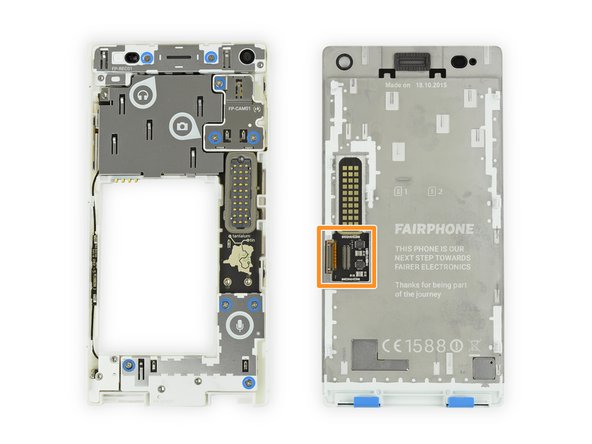crwdns2935425:04crwdne2935425:0
crwdns2931653:04crwdne2931653:0






-
The lack of visible screws had us a little worried, but not for long thanks to these handily-labeled clips.
-
Removing the display assembly is simply a matter of flipping the switches and sliding the panel out.
-
On the midframe we find an array of pogo pins, their counter parts are on the back of the display assembly.
-
Immediately below the contact pads on the display assembly we take off the metal shield and see where the display connects to the breakout board.
crwdns2944171:0crwdnd2944171:0crwdnd2944171:0crwdnd2944171:0crwdne2944171:0